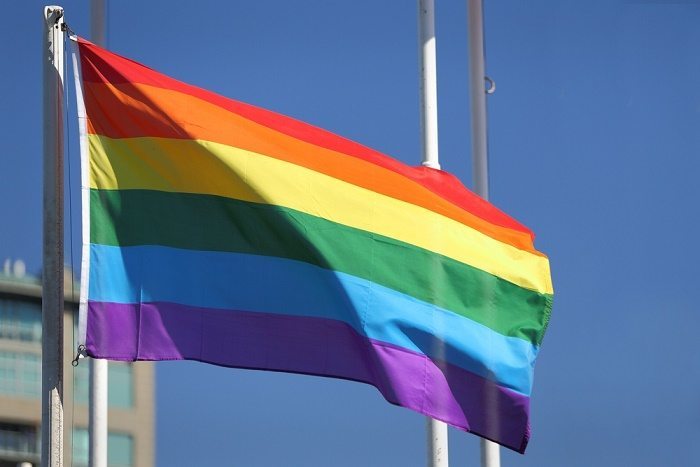Supreme Court Rules for Marriage Equality
The 5-4 decision ends the flood of cases challenging statewide same-sex marriage bans across the country.

The long march for marriage equality advocates ended Friday as the U.S. Supreme Court ruled in favor of same-sex marriages across the country.
Justice Anthony Kennedy delivered the opinion for the Court, which split 5 to 4 along ideological lines to rule that the 14th Amendment requires both that a state license a marriage between two people of the same sex and recognize a marriage between same-sex couples lawfully married elsewhere.
“The court now holds that same-sex couples may exercise the fundamental right to marry. No longer may this liberty be denied to them,” Justice Anthony Kennedy wrote in the majority opinion. He was joined in the opinion by Justices Ruth Bader Ginsburg, Stephen G. Breyer, Sonia Sotomayor and Elena Kagan.
The decision came 12 years to the day after the Supreme Court released its decision in Lawrence v. Texas, the case that struck statewide sodomy bans and paved the way for Friday’s marriage equality decision. Justice Kennedy authored the Lawrence decision as well.
Chief Justice John Roberts delivered the main dissent. “If you are among the many Americans—of whatever sexual orientation—who favor expanding same-sex marriage, by all means celebrate today’s decision. Celebrate the achievement of a desired goal,” Roberts wrote. “Celebrate the opportunity for a new expression of commitment to a partner. Celebrate the availability of new benefits. But do not celebrate the Constitution. It had nothing to do with it.”
Same-sex couples could already marry in 36 states and the District of Columbia. Friday’s ruling means the remaining 14 states with marriage equality bans cannot enforce them.
